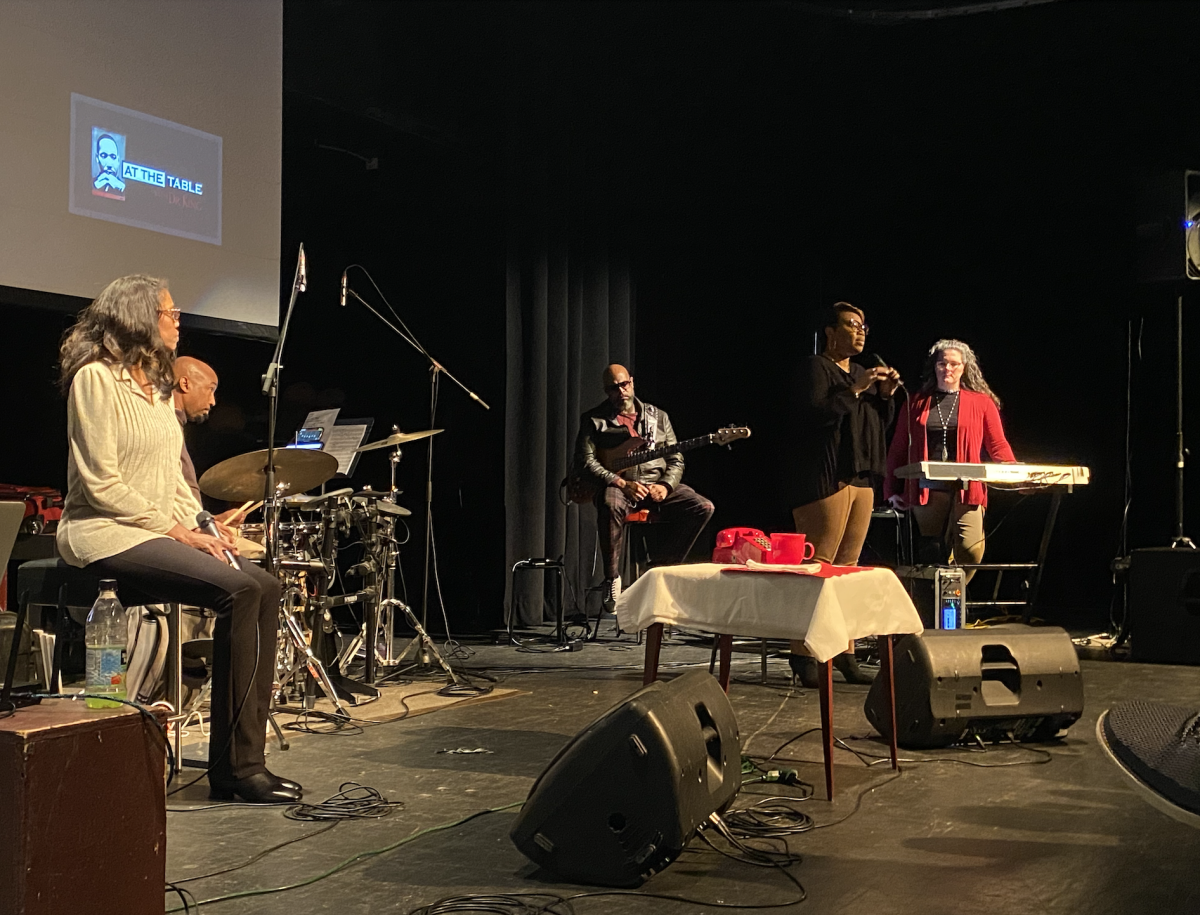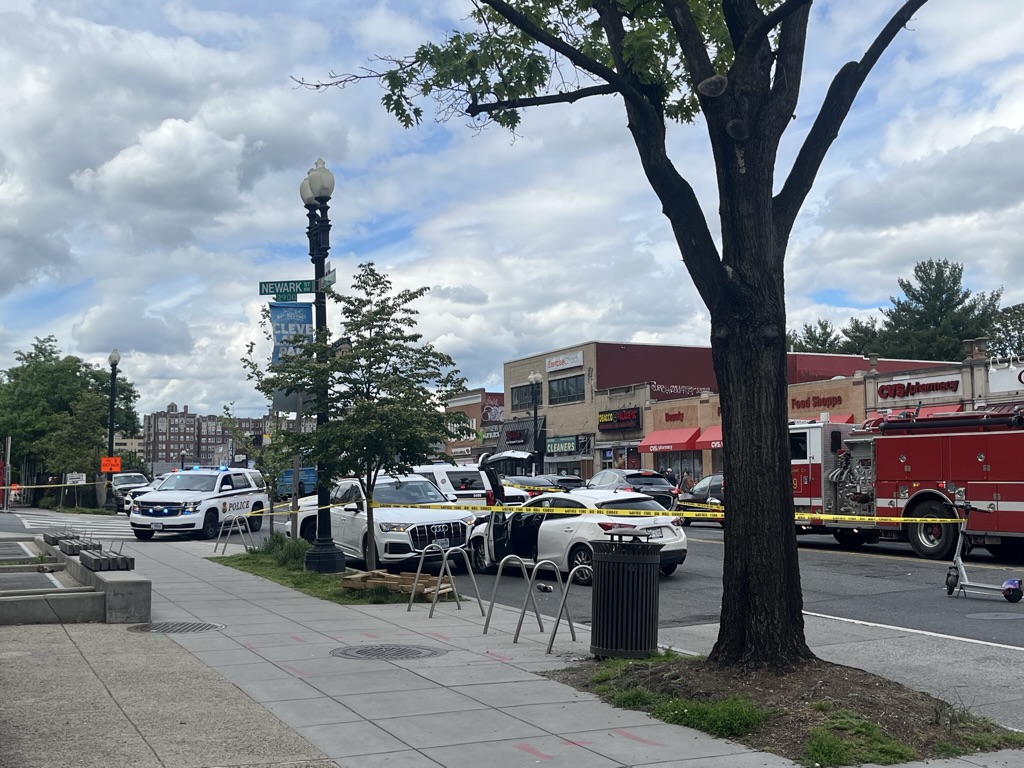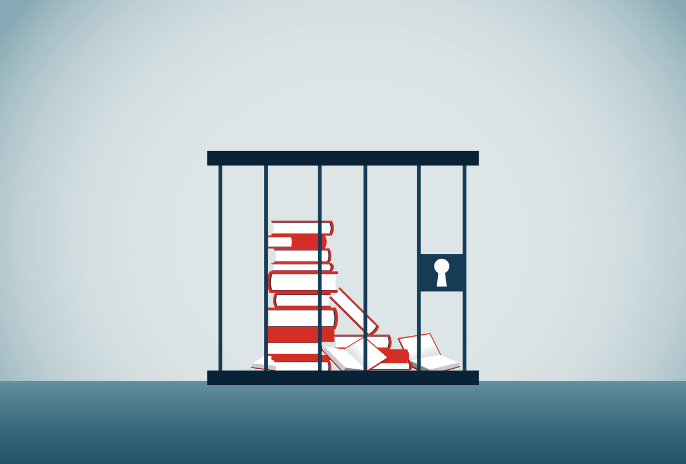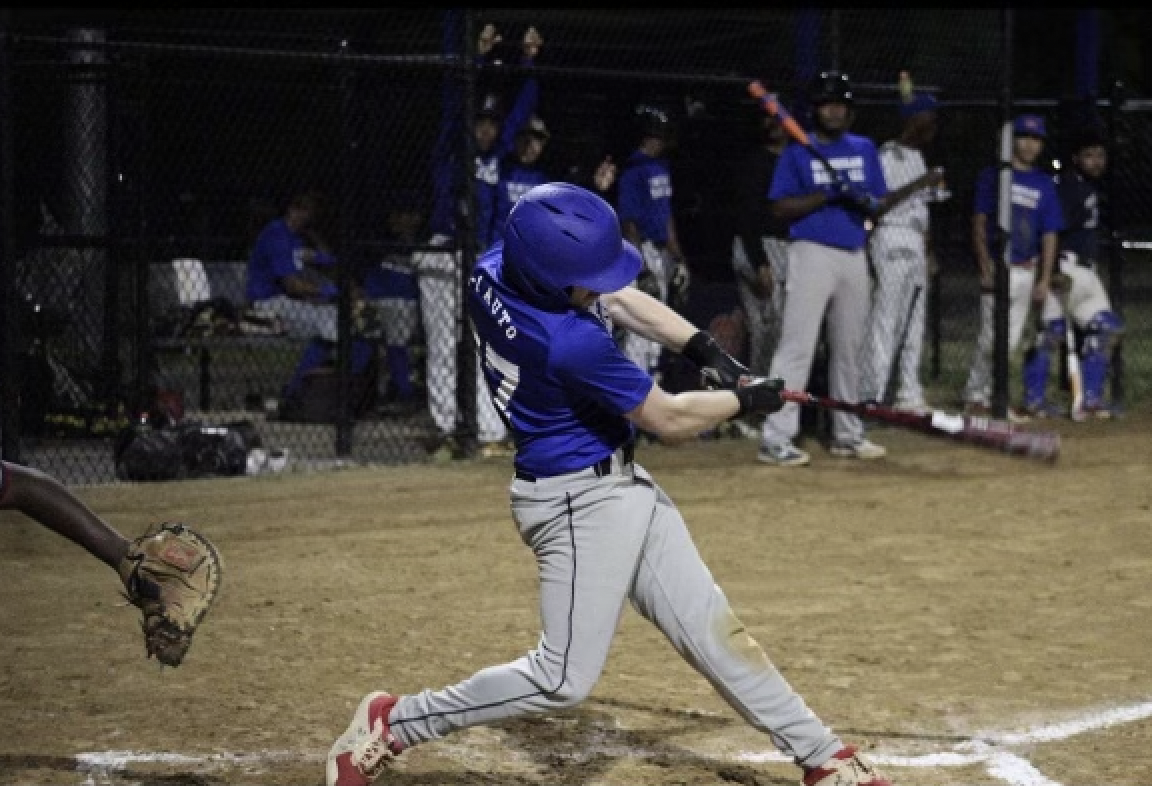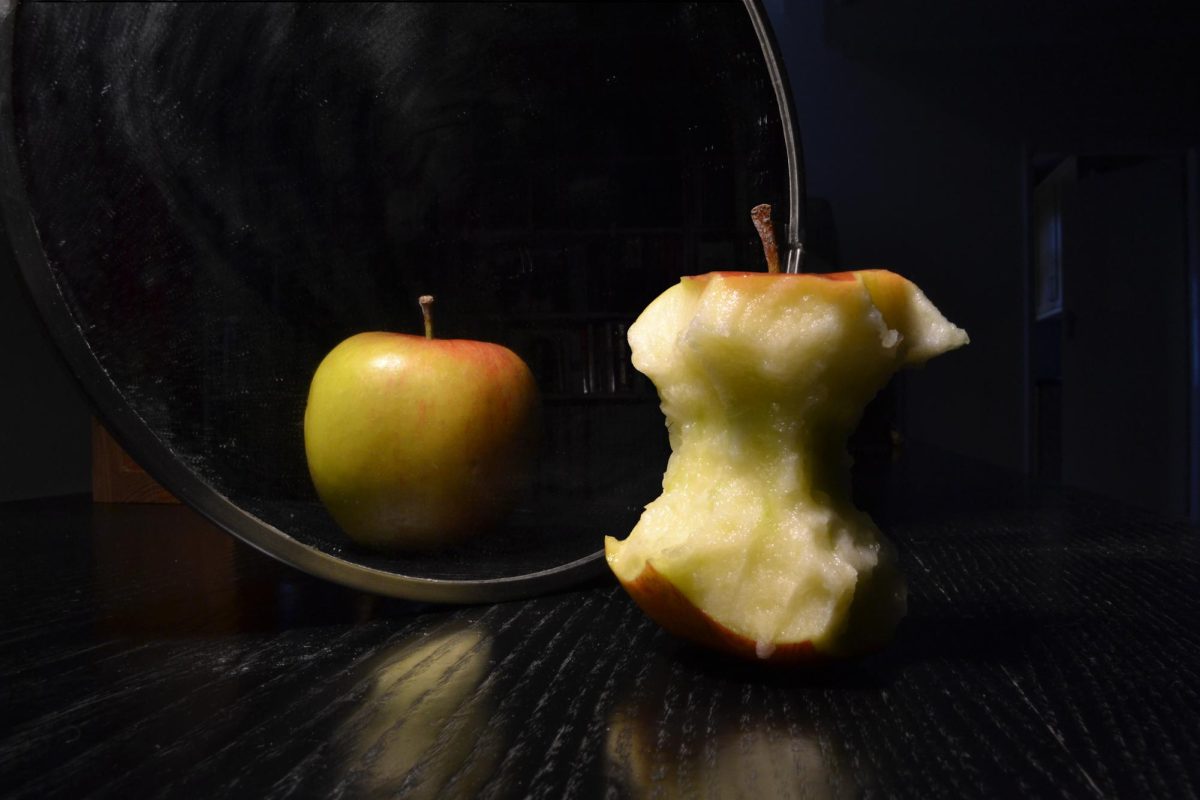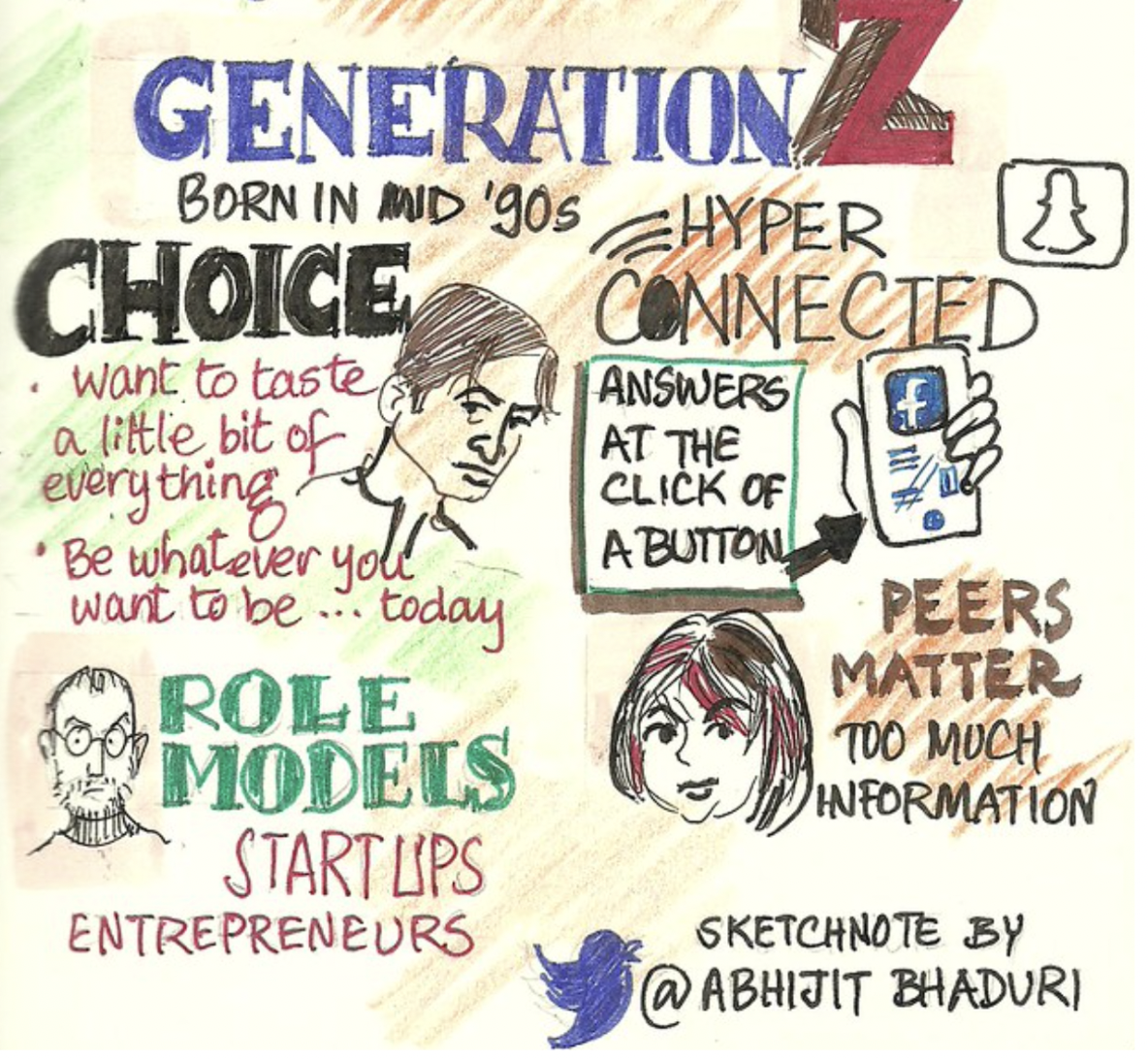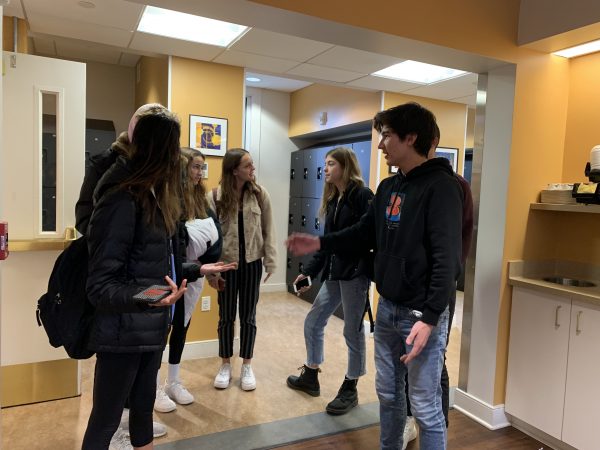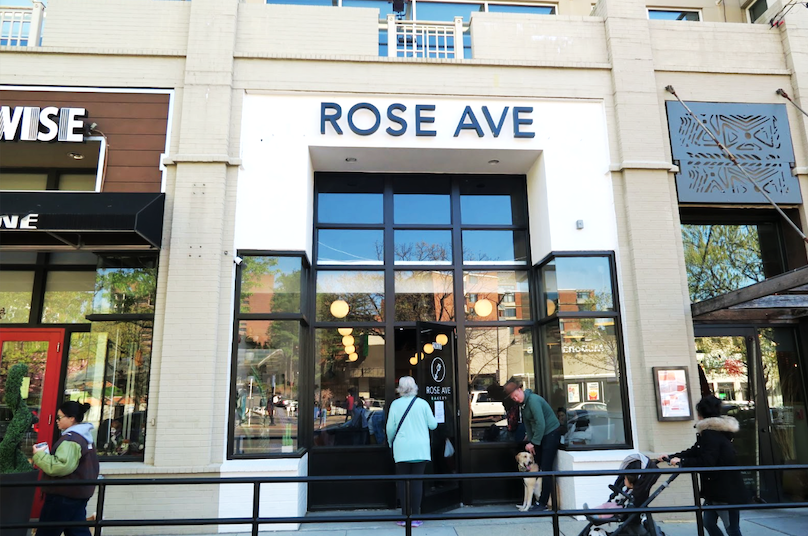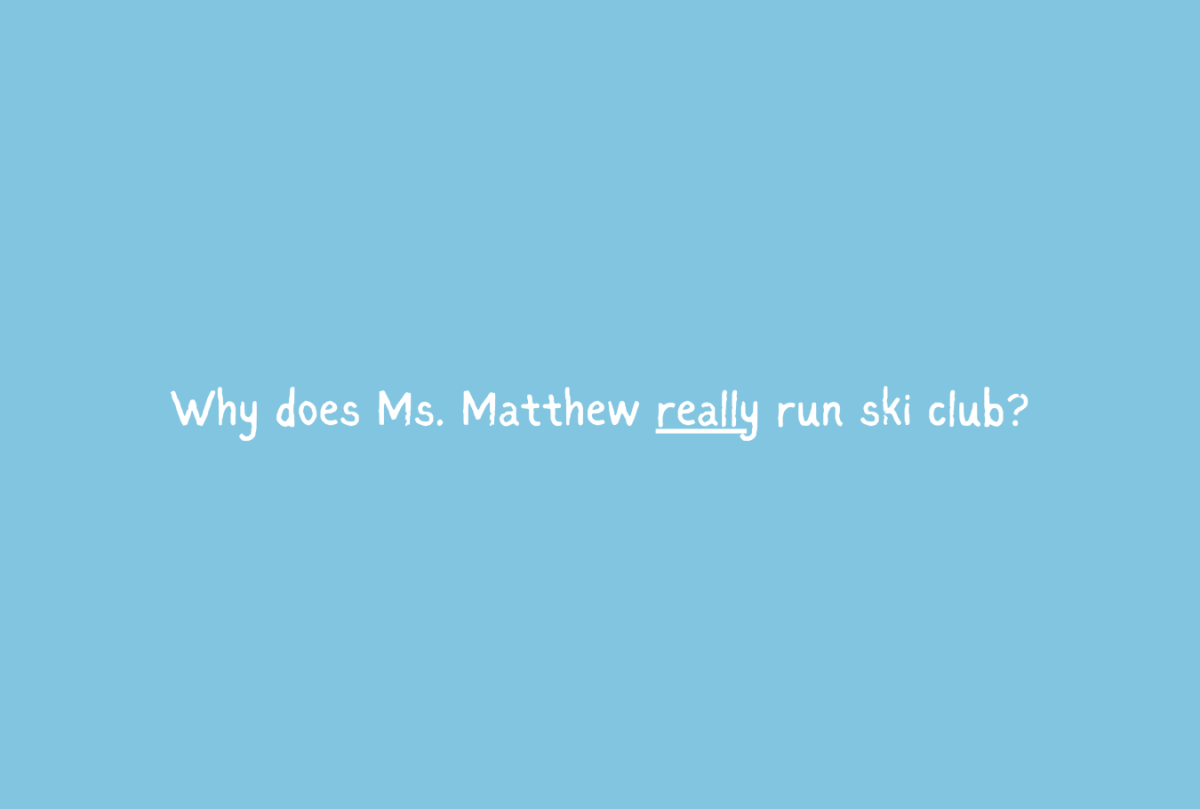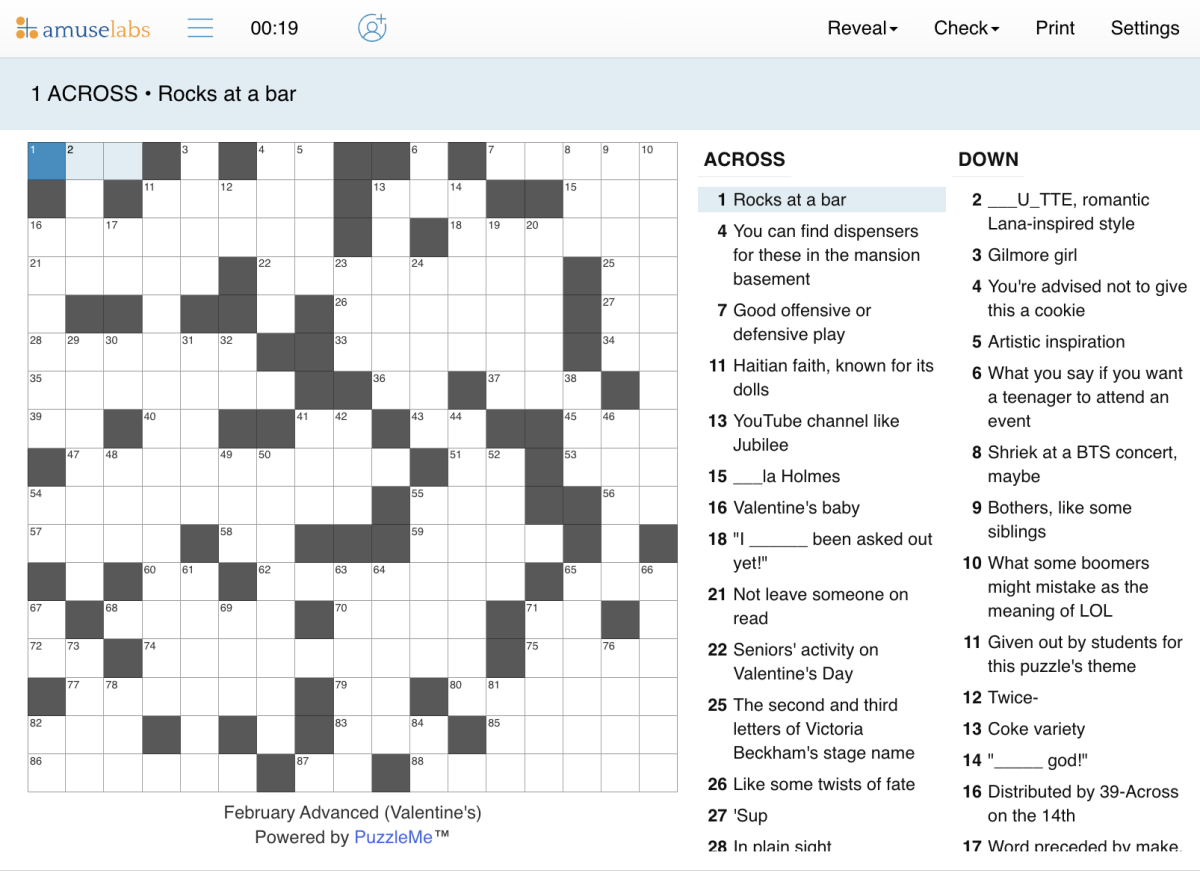You never know what’s going on inside someone else’s head. But does that mean you shouldn’t try to help? Our mental health state heavily affects the way we live, and being aware of what elements of our lives impact it, whether on social media or in our own school community, plays a substantial role in our overall well-being.
According to Mental Health America, in the past year, 11.01% of teens (ages 12-17) have reported suffering from at least one major depressive episode, and 7.4% of teens, or 1.8 million individuals, suffer from clinical depression. Of these, 64.1% don’t receive any professional mental health treatment.
Major depression, or clinical depression, is likely the type of depression that’s most widely known – the type with symptoms including, but not limited to, feelings of worthlessness or guilt, insomnia or hypersomnia, fatigue or restlessness, and recurring thoughts of death or suicide (WebMD). Elements in our personal lives can affect this – academics, peers, extracurriculars – but social media can as well. One child psychotherapist, Julie Lynn Evans, notes that there has been an increase in mental health issues, such as major depression, cutting, and anorexia, ever since the year 2000, and it is likely connected to the rise in technology and social media platforms. It is also worth noting that when you type “social media and” in the search bar, among the top five search results are “social media and mental health”, “social media and depression”, and “social media and self esteem”.
Face it — you probably couldn’t even count the number of deprecating phrases you’ve heard in the past week on your fingers, there’ve been so many. From “kill yourself” to “emo”, the fact that all of these expressions are passed off as jokes immediately allows us to see one thing: it is socially unacceptable to not be ‘okay’, meaning that if you say you’re not, it instantly becomes a joke.
A high school student at WIS (who will be known as “Student A” for the purpose of this article) finds that “mental health jokes are never never okay because it takes away from the seriousness of the growing issue” and that they “never thought about anything related to this issue until I️ started attending WIS.”
A second high school student at WIS (who will be known as “Student B” for the purpose of this article) recognizes that WIS is a “stress-inducing” school, academically-speaking, and that the work is difficult.
“The IB requires you to spend a lot of time working, which isn’t necessarily good for maintaining a healthy mental balance,” they say.
They also recognize that there is an outlet for mental health issues—that aren’t limited to depression and anxiety—in the form of Megan Hallam, the upper school counselor. “It’s great that we have a counselor who is willing to lend an ear and provide help, and I have friends who have told me that she’s a wonderful person and that it’s worth your time to speak to her if you need to vent or if you need an open ear,” they say.
According to Ms. Hallam, “WIS student surveys indicate that our school population demonstrates rates commensurate with general high school populations with regard to incidence rate of mental health concerns.” She explains that at WIS, “support plans are based on their individual goals, their strengths, and the areas in which they want to grow and develop.”
However, all of the students interviewed admitted that they were not sure how exactly issues relating to mental health were handled at WIS. Student C, who is in middle school, only knows “that Ms. Odhiambo and Mr. Althaus are involved and that parents are also involved.” They acknowledge that “mental health is a serious issue and should be treated accordingly, with privacy and all”, but that “they could make the whole process more known”, as it allows “kids to know what they’re getting into, should they choose to ask for help for whatever personal reason.”
When discussing social media, all three students did see the effect of the online connections between teens. Student A says that “it really depends on the people you let in. For some people cyber bullying is real and can definitely cause or worsen someone’s mental state. For others the internet is a way to escape and talk to friends and look at memes and can even help with coping with mental illnesses.”
Student B “hates” to talk about social media’s effect on teens. They say that they’re “sure everyone says the same thing and everyone is tired is hearing the same thing – that the media projects images of ‘the perfect body’ for both girls and guys.” They recognize that there are other companies that, nowadays, are making an effort to “project different images of beauty” and that it should be recognized that there are people who are “making an effort to overturn these stereotypes.”
Student C’s opinion is similar to that of Student B, as they find that social media often “gives people ideas on what society likes and what is expected of the perfect human, whether that be physically or mentally.”
Fairly recently, there was a movement on Snapchat following the suicides of four teens in schools in our area, and many people were seen posting hearts of four different colors on their Snapchat stories pay tribute to them. Others put messages or their phone numbers, encouraging anyone who was being affected by these events to come to them.
Student C was the only person of the three teens to put something on their story.
Ms. Hallam says that remembering students is just as important as “making sure that memorial practices share a message of hope for others who may be considering suicide.”
Student A disagreed with the method of coping and therefore didn’t post anything, saying that it’d be better to be there for your friends and communicate with loved ones instead of doing so on social media. “That emoji is not going to bring someone back to life, and it doesn’t really raise awareness if you are not doing anything to back that heart up through your words and actions,” they say.
“It felt like a movement that too little, too late,” Student B states about the hearts movement. They do recognize that it does help to raise awareness about suicide prevention and mental health, but “if you really want to have a positive effect on a person’s mental health, you have to let them know you’re there for them.”
Ms. Hallam says that in light of these suicides, the school “reinforced some parts of our social emotional curriculum related to suicide awareness and mental health support so many people did follow up with me as part of that communication process.”
If a student ever came to her, she assures that she “would always check first to be sure that the student is safe, in that they are not thinking of suicide and that there isn’t anyone harming them”, and that she could “guide the student in identifying if it is a problem situation that they can address in some way and we discuss possible actions and resulting consequences.”
Student B also has advice for students who don’t necessarily feel comfortable going to adults, and for their friends. “Ask them if they want to talk,” they say. “If they say no, just tell them that you’re there for them. Look them in the eye when you speak to them to let them know that you mean it. Sometimes, the knowledge that someone is there to talk is all someone needs to start to pull through.”
Our actions, real life and online, have a huge impact on mental health, whether it is others’ or our own. You can’t predict or prevent this impact, but you can do your best to be as aware of yourself and others as you can. It is always important to remain open when listening to others. If somebody trusts you with a very personal experience, the least you can do is to genuinely support them to the best of your ability.
If you need to talk to someone immediately and feel uncomfortable talking to Ms. Hallam or a loved one, you can reach the National Suicide Prevention Lifeline at 1-800-273-8255. You can also reach the Crisis Text Line by texting HOME to 741741.
By Ester Luna and Kanitta Cheah





